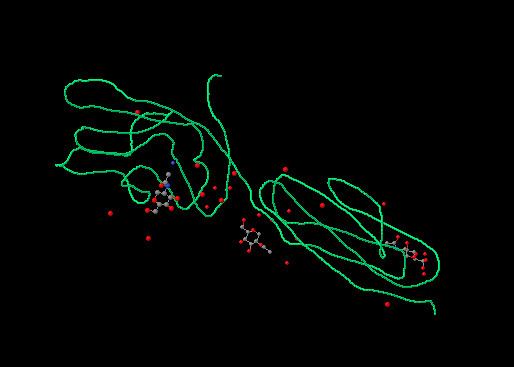Entrez 914 | Ensembl ENSG00000116824 | |
 | ||
Aliases CD2, LFA-2, SRBC, T11, CD2 molecule External IDs OMIM: 186990 MGI: 88320 HomoloGene: 1338 GeneCards: CD2 | ||
CD2 (cluster of differentiation 2) is a cell adhesion molecule found on the surface of T cells and natural killer (NK) cells. It has also been called T-cell surface antigen T11/Leu-5, LFA-2, LFA-3 receptor, erythrocyte receptor and rosette receptor.
Contents
Function
It interacts with other adhesion molecules, such as lymphocyte function-associated antigen-3 (LFA-3/CD58) in humans, or CD48 in rodents, which are expressed on the surfaces of other cells.
In addition to its adhesive properties, CD2 also acts as a co-stimulatory molecule on T and NK cells.
Diagnostic relevance
CD2 is a specific marker for T cells and NK cells, and can therefore be used in immunohistochemistry to identify the presence of such cells in tissue sections. The great majority of T cell lymphomas and leukaemias also express CD2, making it possible to use the presence of the antigen to distinguish these conditions from B cell neoplasms.
Classification
Due to its structural characteristics, CD2 is a member of the immunoglobulin superfamily; it possesses two immunoglobulin-like domains in its extracellular portion.
Interactions
CD2 has been shown to interact with CD2BP2, Lck and PSTPIP1.
